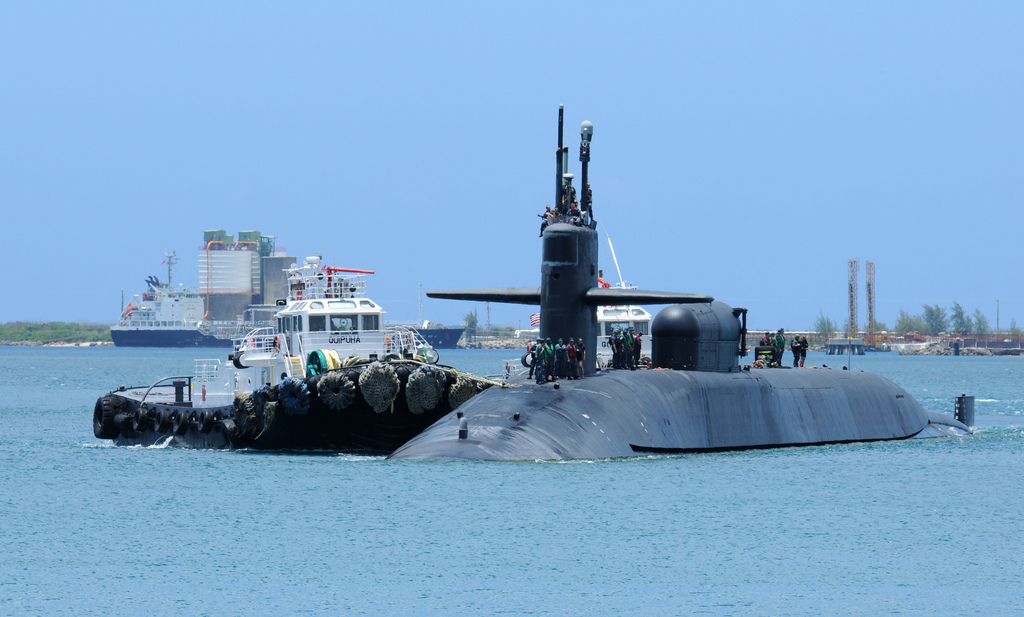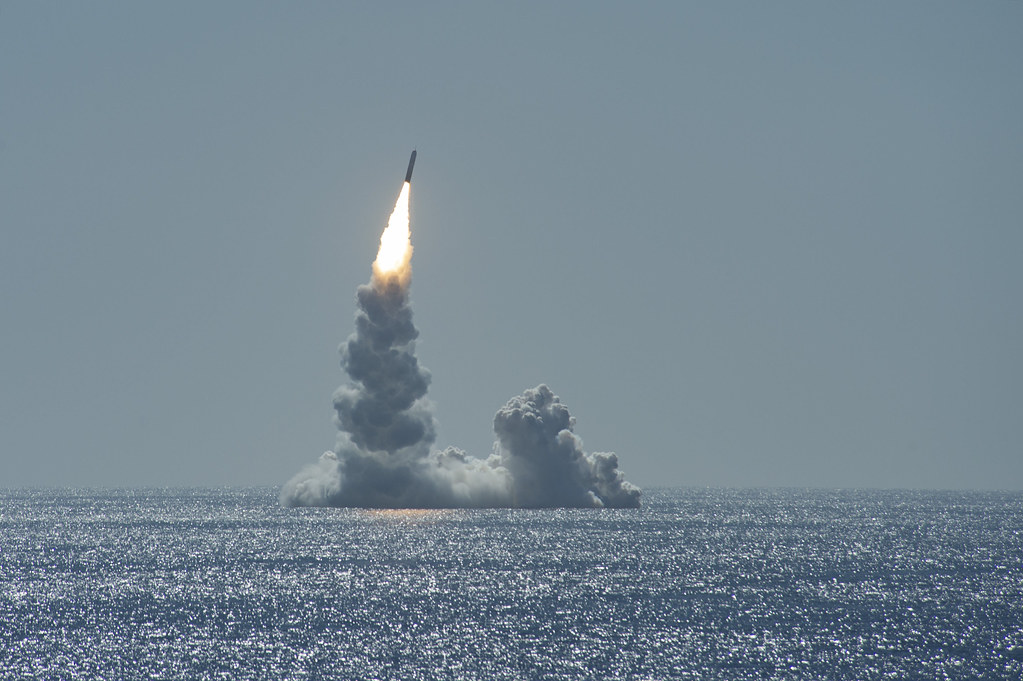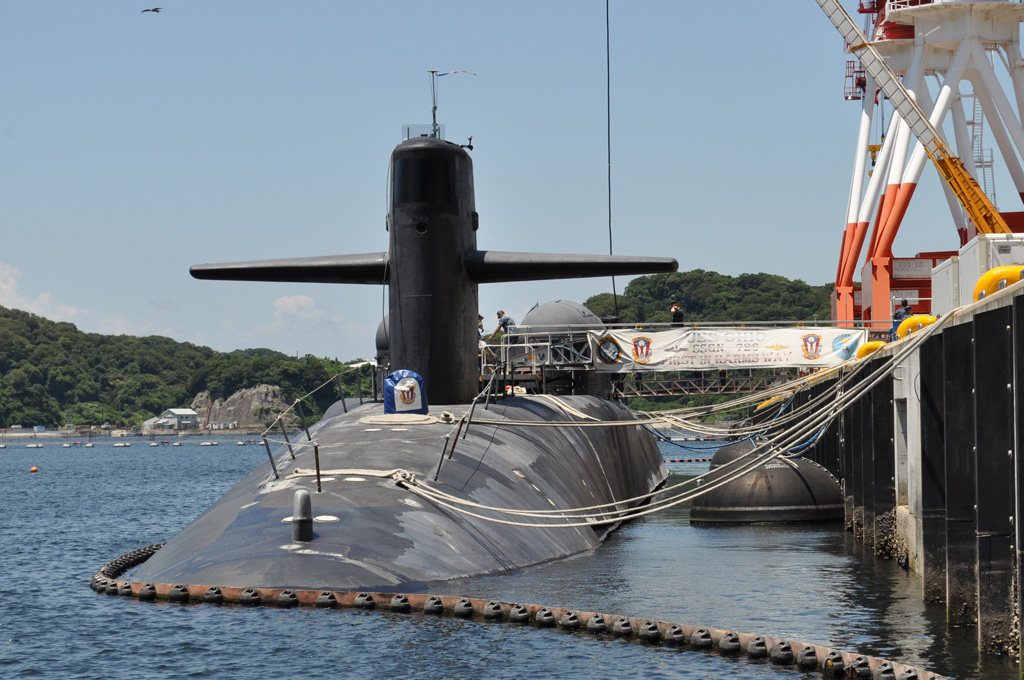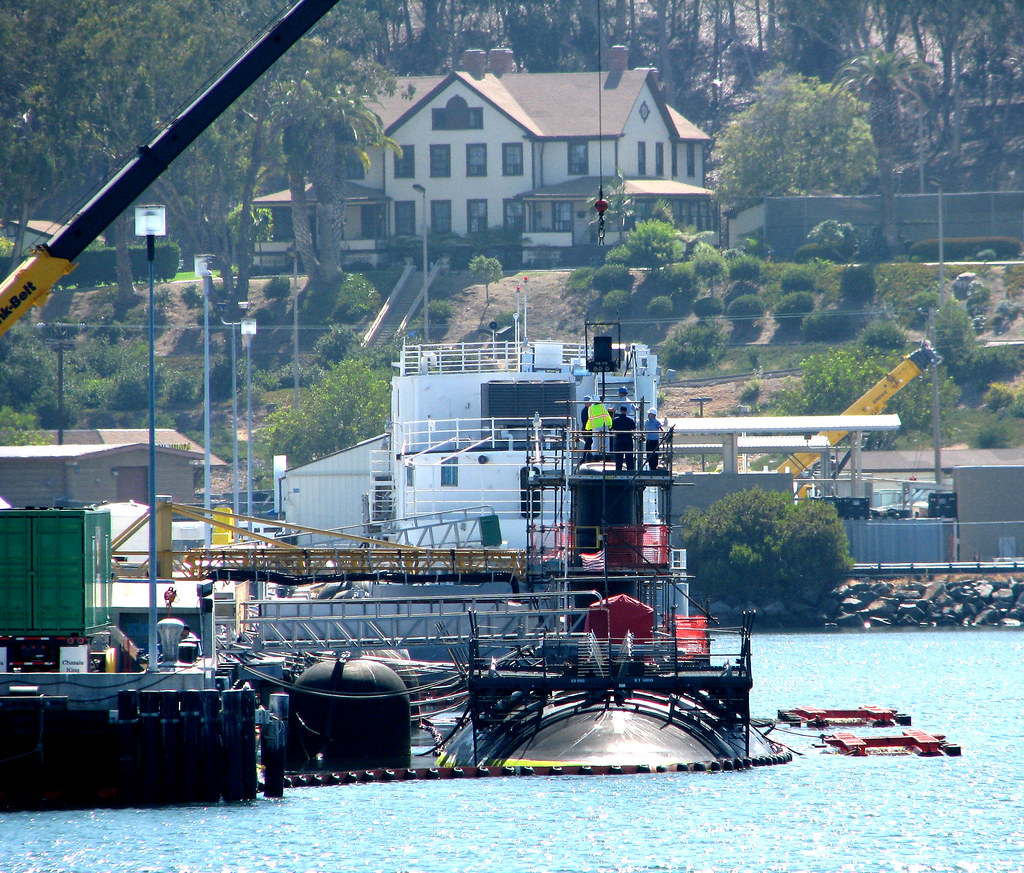
The impending retirement of the U.S. Navy’s Ohio-class guided missile submarines (SSGNs) has raised concerns about a potential strategic shortfall in missile capacity as the nation competes with rising maritime powers.

The four Ohio-class SSGNs, converted from ballistic missile submarines during the Cold War to carry a formidable arsenal of 154 Tomahawk missiles each, are scheduled for decommissioning between 2026 and 2028.

The planned retirement of the first two submarines, USS Ohio (SSGN-726) and USS Florida (SSGN-728), will occur in 2026, followed by the USS Michigan (SSGN-727) and USS Georgia (SSGN-729) in 2028.

These vessels, with over 40 years of service, were once part of the U.S. nuclear triad strategy, providing stealth and survivability for America’s nuclear deterrence.

Their transformation into SSGNs expanded their tactical versatility, allowing them to support special operations forces and act as underwater joint command centers due to advanced communication systems like the Common Submarine Radio Room and High-Data-Rate antennas.

Facing a significant reduction in vertical launch payload capacity with these retirements, the Navy is in the midst of transitioning to the newer Block V Virginia-class fast attack submarines.

These vessels include the Virginia Payload Module, an 84-foot-long section that can host four large-diameter vertical launch tubes, each capable of holding seven Tomahawk missiles. However, the Navy would need to procure 22 of these VPM-equipped Virginias to regain the lost payload capacity.

Despite this, production delays exacerbated by the COVID-19 pandemic and the prioritization of the Columbia-class ballistic missile submarines have pushed back the schedule of Virginia-class deliveries.

The Columbia-class, designed to replace the Ohio-class SSBNs, is the Navy’s top priority, diverting available manpower to ensure the program remains on track.

Consequently, there is an alarming gap in the Navy’s missile capacity, at a time when strategic competition and naval modernization are becoming increasingly crucial.

The Navy’s concern extends beyond sheer numbers, as the multi-mission capability of the Ohio-class SSGNs cannot be easily replicated by the Virginia-class.

During times of conflict, such as their use in the 2011 operations against Libya, the SSGNs’ capacity to support large ground attacks and naval operations underscored their strategic value.

As the Navy contemplates its future undersea warfare capabilities, discussions about maintaining production lines for large-diameter submarines beyond the Columbia-class program are underway.

The introduction of new platforms like the SSN(X), a next-generation attack submarine, is anticipated to begin in 2030, with delivery expected in 2042. Yet, this does not address the immediate concern of bridging the capability gap left by the retiring Ohio-class SSGNs.

In the interim, the Navy plans to extend the lives of up to five Ohio-class SSBNs, offering a buffer for the surge requirements set by U.S. Strategic Command. However, this is merely a stopgap measure, with a definitive replacement for the SSGNs’ unique abilities potentially decades away.
Relevant articles:
– The End of the Ohio-Class SSGN Submarines Is Big Trouble for the Navy, The National Interest
– class SSGN Now Only Two Years Away, Naval News
– The U.S. Navy’s Great Ohio-Class Submarine Mistake, The National Interest
– Navy Mulling Large Diameter Sub Hulls After 12 Columbias, SSN(X) Requirements Due Next Year, USNI News

